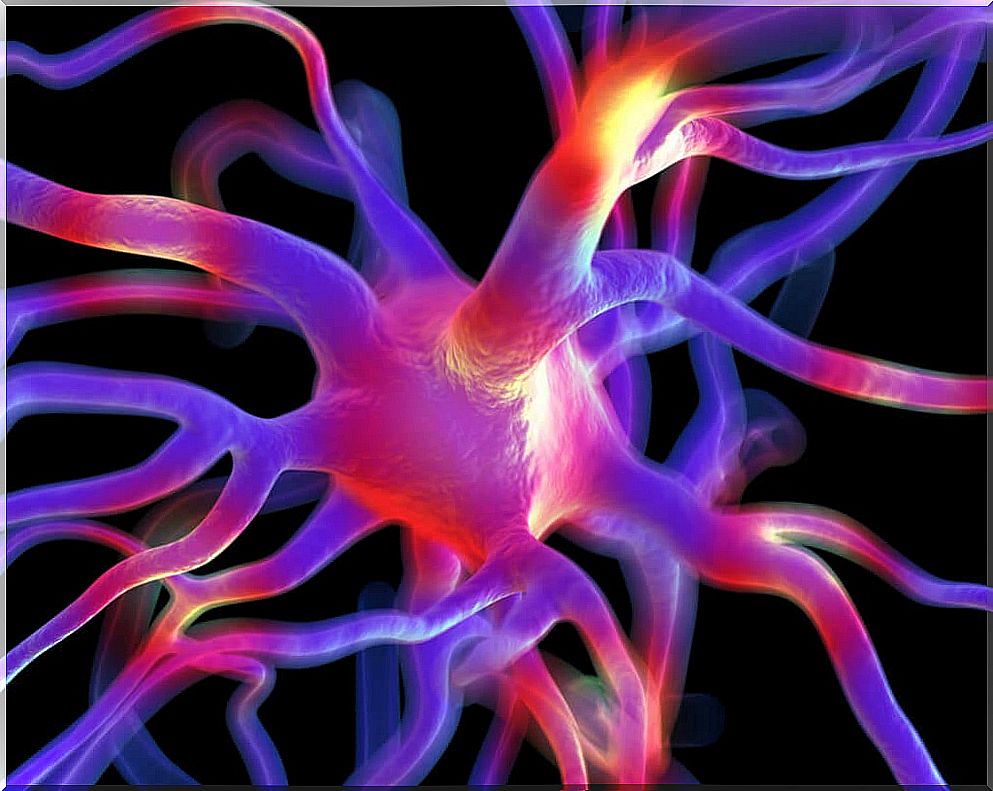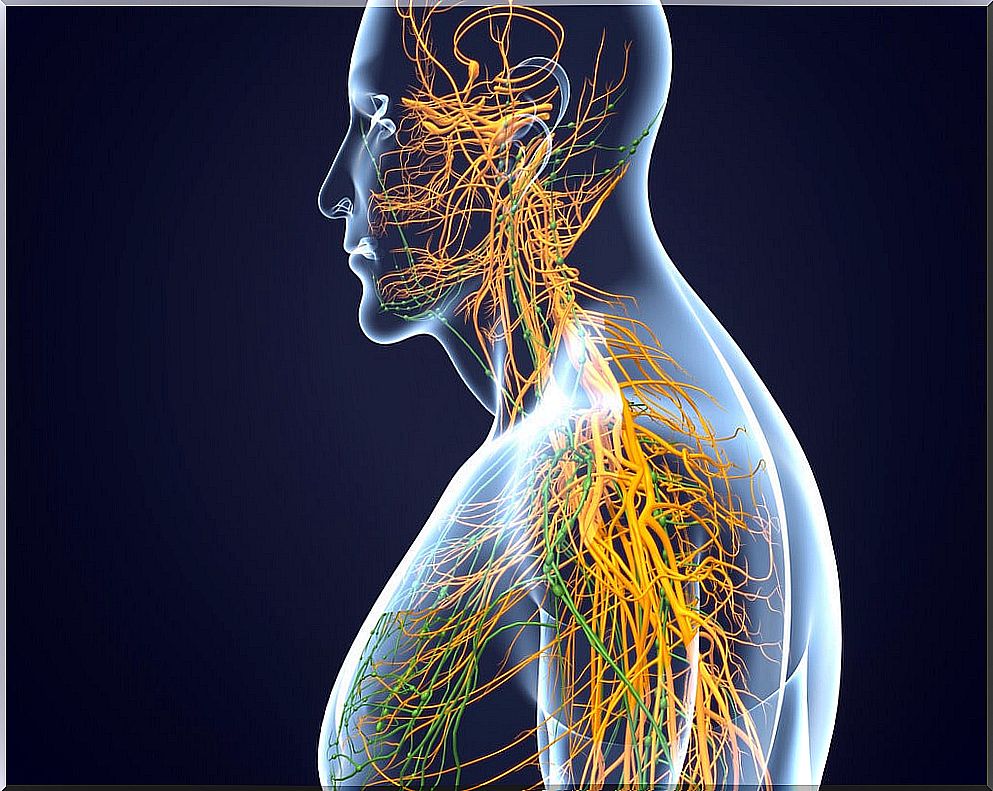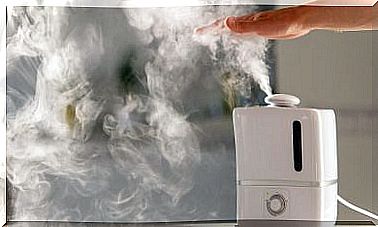The Sympathetic Nervous System
When does the fight or flight response originate? This response is triggered by the sympathetic nervous system, responsible for helping humans cope with stress.
The sympathetic nervous system (SNS) constitutes one of the parts of the autonomic nervous system and contains a sensory and a motor component. This means that the SNS is responsible for regulating functions such as heart activity, respiration, digestion, etc.
In this way, the brain controls other actions such as thinking, speaking, and walking. Meanwhile, the autonomic nervous system controls other functions, thus promoting a balance in the body.
Divisions and functions of the autonomic system
- Sympathetic nervous system. It stimulates your fight or flight response, a physiological response to a pernicious event (threat to survival).
- Parasympathetic nervous system. It allows to maintain normal functions (such as digesting and keeping the body at rest).
Structure of the sympathetic nervous system

Transmission of signals in the system is accomplished through a network of nerve cells called neurons . There are two types of neurons:
- Preganglionic neurons. They have short fibers that originate from the thoracolumbar segments of the spinal cord. These communicate with the ganglia adjacent to the spinal column, synapsing with the longest postganglionic neurons.
- When preganglionic neurons synapse with ganglia, they release a chemical (neurotransmitter) called acetylcholine. This is how receptors are activated in postganglionic neurons.
- Postganglionic neurons. These release norepinephrine, which targets adrenergic receptors in various organs and tissues. Stimulation of these receptors elicits the fight or flight responses.
Exceptions
There are two exceptions to the processes mentioned above. These are the postganglionic neurons located in the sweat glands and the chromaffin cells found in the adrenal medulla.
Postganglionic neurons discharge acetylcholine to activate muscarinic receptors, except on the palms of the hands, soles of the feet, and other areas with thick skin. In these areas, norepinephrine acts on adrenergic receptors.
Chromaffin cells found in the adrenal medulla are equivalent to postganglionic neurons. Preganglionic neurons communicate with chromaffin cells, stimulating them to release epinephrine and norepinephrine into the bloodstream.
Hormones behind sympathetic nerve activation
The sympathetic nervous system releases two hormones in response to stress. This results in an “adrenaline rush,” or a sense of urgency during stressful conditions. These hormones are called epinephrine and norepinephrine , which help the body function optimally during these events.
Epinephrine, better known as adrenaline, is a hormone that is secreted by the adrenal glands. It is released in situations of stress, danger or fear. It is responsible for preparing the body for these situations: it increases tension, glucose and sugar, dilates the bronchi and accelerates the heartbeat.
Noreprinephrine, or norepinephrine, is another hormone that has an excitatory effect, maintains wakefulness and consciousness, and is also responsible for the body’s fight-and-flight response . Thus, it increases the flow of blood to the muscles to enhance the motor response.
Upon activation of the sympathetic nervous system, norepinephrine is released preparing the body for the initial stages of stress. If stress is resolved quickly, bodily functions return to normal.
However, if the stressful event persists, your body produces epinephrine to increase these effects and activate various parts of the body to react accordingly.
What happens if the sympathetic nerve is activated?

When faced with a stressful situation, the sympathetic nervous system is activated automatically. Several functions of the body are activated almost simultaneously, such as:
- On the one hand, the relaxation of the bladder, which allows you to retain urine while stressed. However, in worse situations, some people lose bladder control due to paralyzing fear.
- On the other hand, the airways (bronchioles) in the lungs are widened to allow more air, which increases the supply of oxygen to the blood.
- In turn, the adrenal glands are stimulated to release norepinephrine and epinephrine, responsible for reactions associated with stress.
- There is also an increase in heart rate, translated into greater delivery of oxygen and nutrients to the brain and muscles, preparing them for stress.
- Also, digestive activity is decreased to help conserve energy in the body and can be used to defend against stress.
- An increase in glucose, released from the liver into the bloodstream to provide more energy to the muscles.
- Lastly, your pupils are also dilated, which is often seen when you are surprised or feel threatened.
These are some common functions involved in the fight response regulated by the sympathetic nervous system. Due to such bodily reactions, the body is prepared to run, fight or react as needed, depending on the situations.
Finally, when the situation is resolved, the sympathetic functions return to their resting state. This allows the heart rate to normalize, breathing to slow, and body functions to return to a balanced state.








